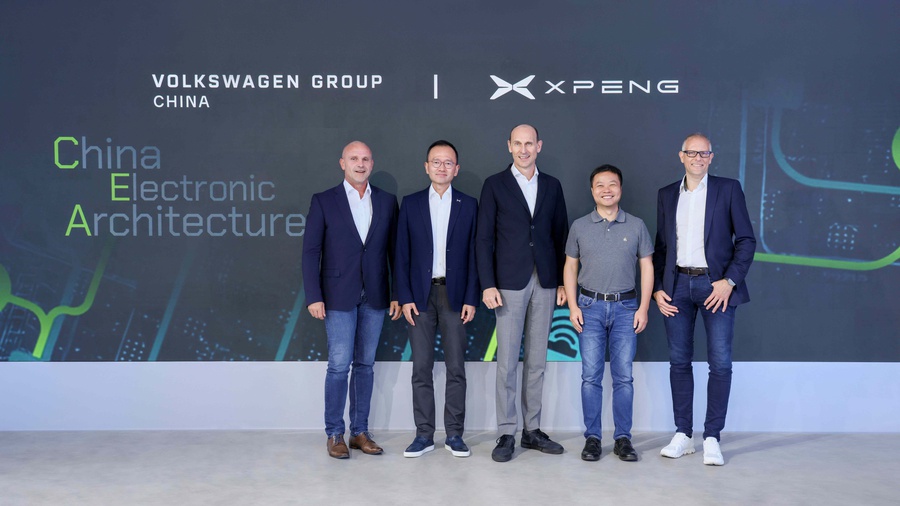When the original deal was concluded in April, it was stated that the E/E architecture from the cooperation would be integrated into VW electric cars based on the China Main Platform (CMP) in at least four models from 2026. The CMP, developed at VW’s eMobility Development Centre VCTC in China, is independent of Xpeng. The partnership between VW and Xpeng, announced in July 2023 and finalized in February 2024, includes two mid-range VW models based on Xpeng developments.
VW now refers to the E/E architecture as the CEA, or 'China Electronic Architecture.' This architecture will be used in China electric vehicles based on the CMP platform from 2026, and also in vehicles still based on the MEB platform, as CMP is a further development of MEB. Developers from VCTC, Cariad China, and Xpeng collaborated on the CEA.
According to VW, using a single E/E architecture should reduce system complexity, improve cost efficiency, and accelerate the digitalization of its model range in China, driving the Group’s transformation into intelligently networked vehicles. The new architecture aims to cut costs and enable new autonomous driving assistants and 'smart cockpit software functions.'
Three 'regional controllers' will replace several control units, reducing the number of control units by 30 percent and lowering costs. VW also promises lower complexity and development costs, along with higher performance for the operating system.
Source: Volkswagen Group China


